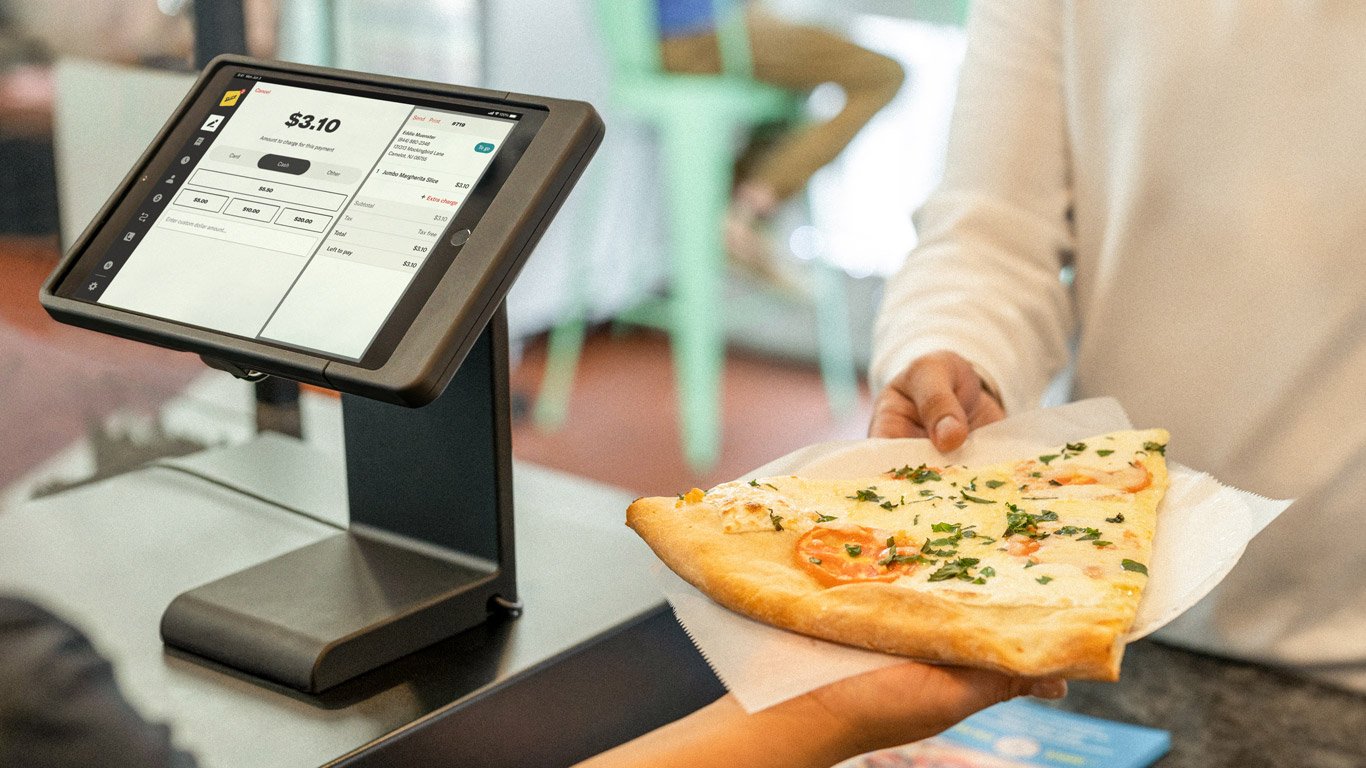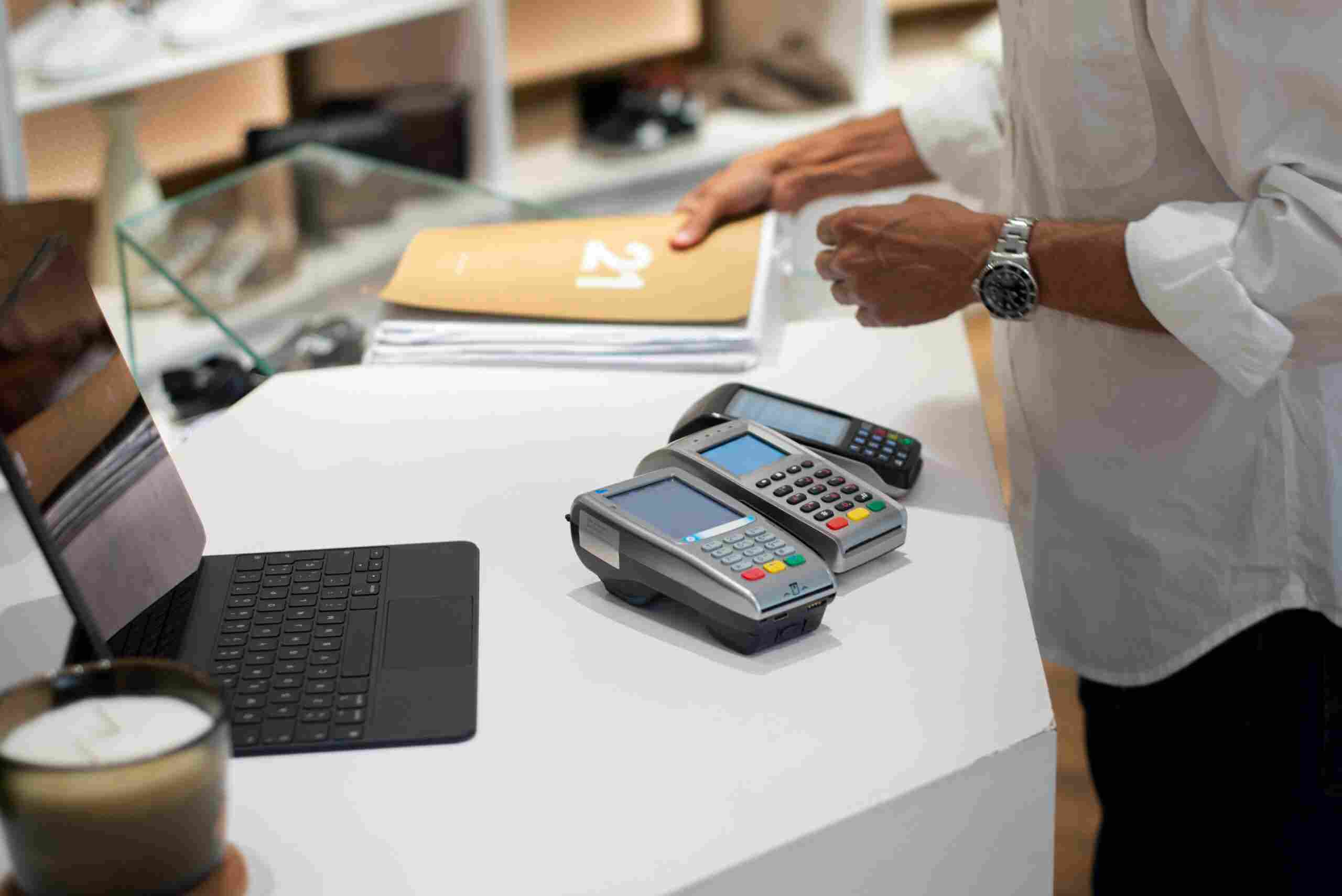How POS Systems Improve Customer Experience in Coffee Shops

In today’s fast-paced world, customers expect convenience, speed, and personalization in every interaction, especially when it comes to their daily coffee fix. For coffee shops, keeping up with these evolving demands requires more than just a good espresso machine or a cozy atmosphere; it also involves using the right technology to streamline operations and enhance the customer experience. One of the most impactful tools for achieving this is a modern Point of Sale (POS) system.
A POS system is much more than just a cash register; it’s a powerful tool that integrates sales, inventory, customer management, and even marketing efforts into one cohesive platform. In coffee shops, a well-designed POS system can play a crucial role in enhancing the customer experience from the moment they step through the door to the moment they leave with their favorite brew in hand. Here’s how.
1. Speed and Efficiency at the Counter
Coffee shops are often busy, especially during peak hours. Long lines and slow service can frustrate customers and lead to negative experiences. A modern POS system helps speed up the checkout process by allowing baristas and cashiers to take orders quickly and accurately. Touchscreen interfaces, customizable order buttons, and fast order entry ensure that customers can place their orders without delay, reducing wait times significantly.
Furthermore, these systems can handle complex orders (e.g., “double shot, non-fat, extra hot cappuccino”) with ease, reducing the risk of errors and the need for order clarification, which also speeds up the process.
2. Personalized Service
Customers today expect businesses to remember their preferences and cater to their needs. A POS system can store detailed information about repeat customers, including their favorite drinks, preferred sizes, customizations, and even their purchasing history. When a familiar customer walks in, the barista can quickly access this information, enabling a more personalized and efficient service. For instance, if a regular customer always orders a soy latte with extra foam, the POS system can display that option first, ensuring a seamless experience.
Some POS systems also integrate with loyalty programs, which allow customers to earn points or rewards with each purchase. When customers feel valued and recognized, it enhances their overall experience and increases the likelihood of return visits.
3. Inventory Management and Stock Optimization
Running out of a popular ingredient like almond milk or a specific flavor syrup can lead to disappointed customers and lost sales. A modern POS system is often integrated with inventory management, which helps coffee shops track their stock levels in real-time. This means that when an item is running low, the system can automatically alert the staff, helping them avoid stockouts and ensuring that the products customers expect are always available.
Moreover, these systems can generate detailed reports on product sales, which allows managers to identify trends and adjust stock levels accordingly. This level of insight ensures that the coffee shop is never overstocked or understocked, leading to better operational efficiency and a consistent experience for customers.
4. Payment Flexibility and Convenience
Gone are the days when customers had to pay in cash or use a credit card with an old-fashioned terminal. Today’s POS systems offer a range of payment options that cater to customer preferences, whether it’s tap-to-pay, mobile wallets, or traditional card payments. This flexibility makes it easier for customers to pay in the way that suits them best, reducing friction during the transaction process.
Additionally, with integrated digital payment solutions, transactions are processed faster, and receipts can be sent directly to customers’ email or phones, making the entire payment experience more seamless and paper-free.
5. Enhanced Communication Between Front and Back of House
In a busy coffee shop, communication between the front-of-house staff (cashiers and baristas) and the back-of-house team (kitchen staff or inventory managers) is critical. A good POS system can bridge this gap by sending orders directly to kitchen printers or displays in real-time, ensuring that the baristas and kitchen staff know exactly what needs to be prepared and when. This reduces miscommunication, minimizes mistakes, and ensures that orders are filled correctly and quickly.
Moreover, some POS systems allow customers to customize orders through a digital interface or app, which can be directly communicated to the staff, further reducing the potential for errors.
6. Data-Driven Insights and Decision-Making
POS systems generate a wealth of data that can provide valuable insights into customer preferences, sales trends, and overall business performance. Coffee shop owners can use this data to make more informed decisions, such as which drinks are most popular at certain times of day, which promotions are driving sales, and what adjustments may be needed to improve customer satisfaction.
By analyzing this data, coffee shops can optimize their menus, pricing, staffing schedules, and even marketing efforts, ensuring that they are always aligned with customer expectations and market demand.
Conclusion
A modern POS system is an invaluable tool for coffee shops looking to enhance their customer experience. By improving order accuracy, speeding up transactions, offering personalized service, and streamlining operations, POS systems allow coffee shop owners and staff to focus more on what matters most—creating a great coffee experience for their customers. With the right POS system in place, coffee shops can elevate their service, optimize their operations, and ultimately build lasting relationships with their customers.






